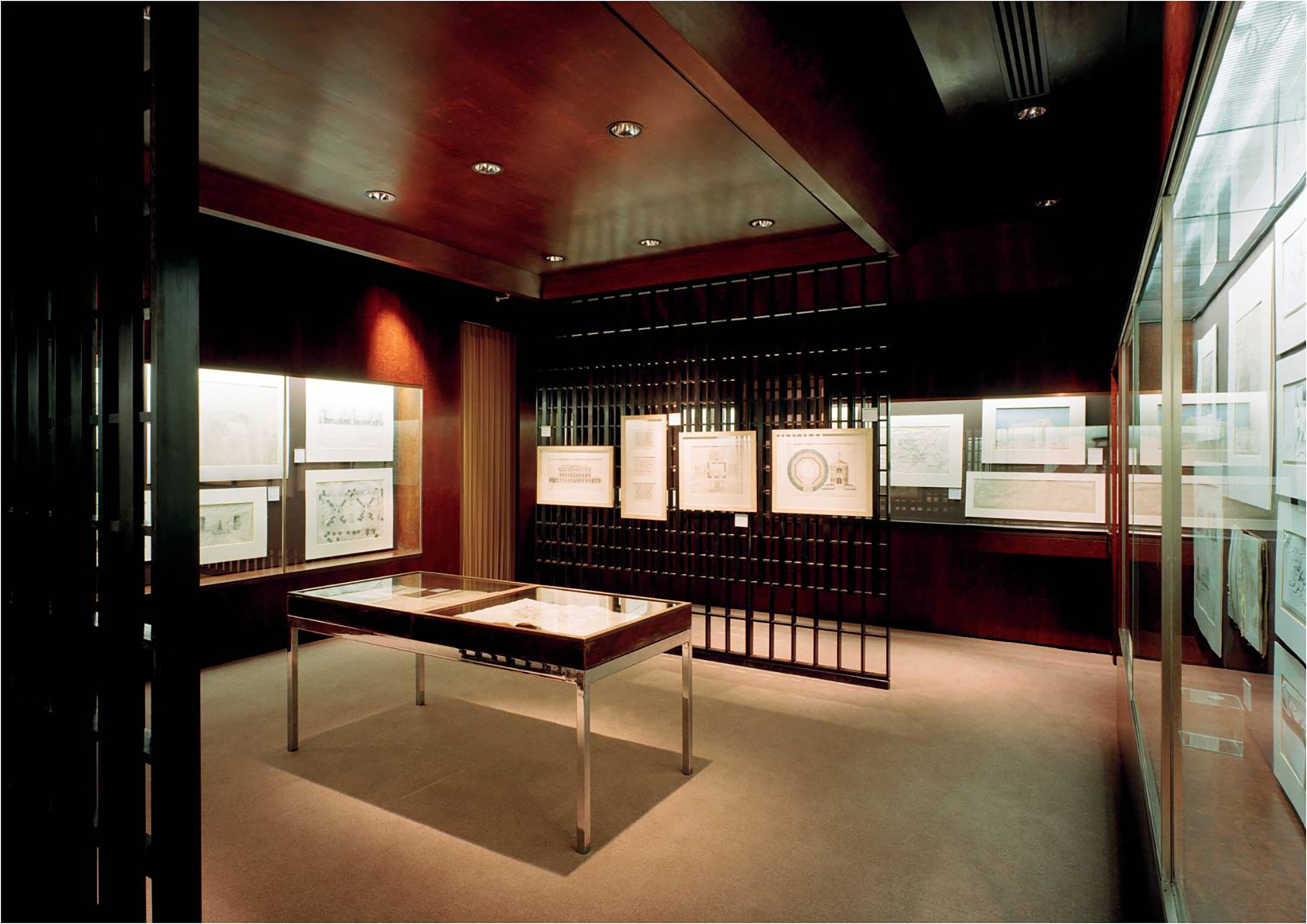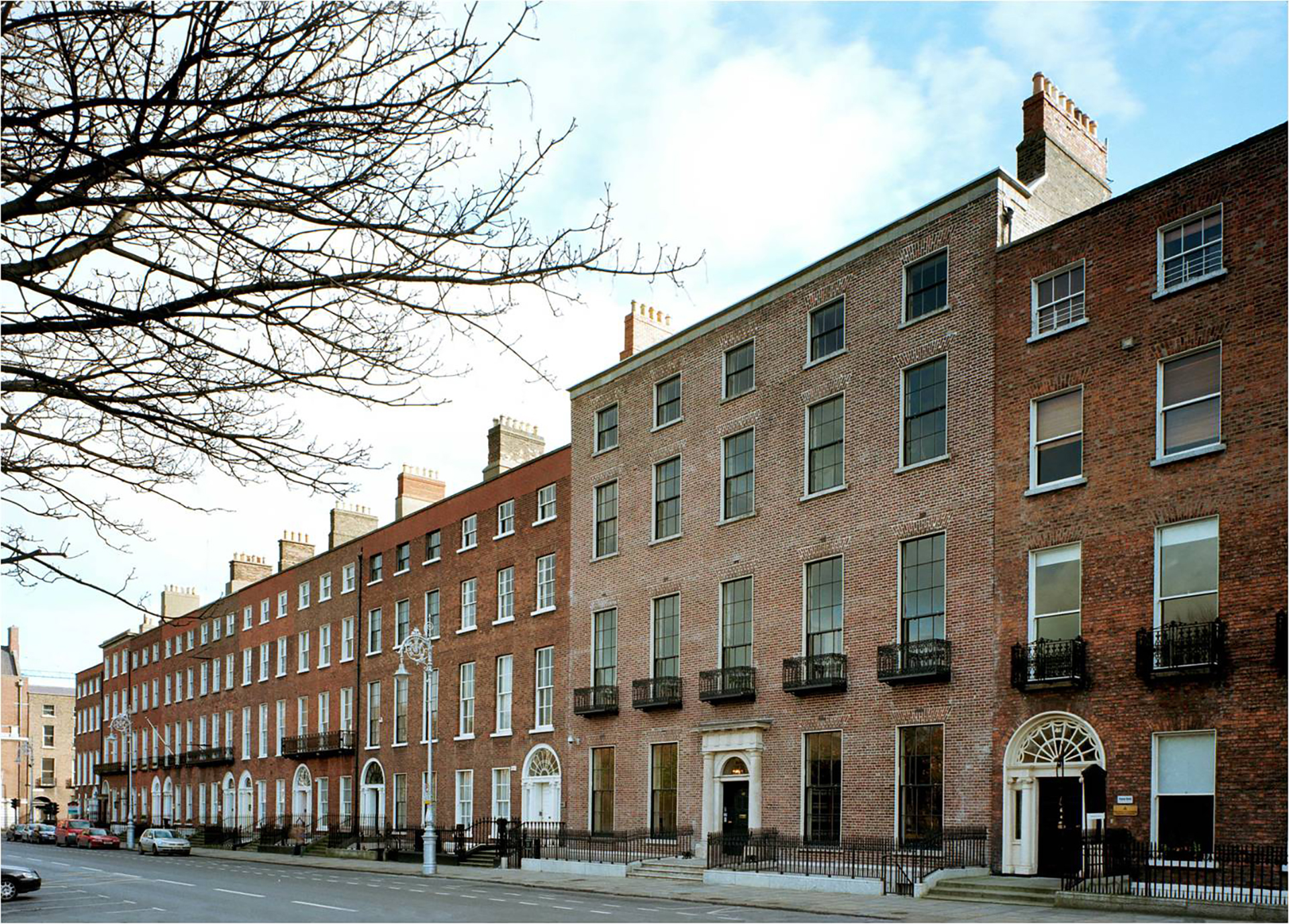

Shackleton Mill.
Photographs by Tim Durham.
Shackleton Mill, also known as Anna Liffey Mill, is a water-powered flour mill situated on the north bank of the River Liffey at the base of Tinkers Hill in Lucan. Flour milling was established on the site as early as 1776 and the Anna Liffey Mill was acquired by the Shackleton family in the late 1850s. The core buildings on the site date to the early 1800s, while additions and accretions continued until the 1970s. In 1998 flour production ceased and in 2002 Fingal County Council bought the mill with the aim of creating an industrial heritage and visitor centre for the Liffey valley.
Before work began at the site, photographic artist Tim Durham set out to record the interior of the main mill building. Durham is interested in architectural interiors, both workplace and domestic. In 2006 he photographed the last month of the Irish Times in D’Olier Street and in 2008 had a show on Tara Mines at the Solstice Arts Centre. He is also interested in architecture and landscape. In 2007 he completed a ‘Percent for Arts’ project for Kells Town Council based around the town of Kells, the Island of Iona and their connections with St. Columcille and the Books of Kells. He is currently working on a percent for arts project for Westmeath County Council on the history of social housing in that county.
These photographs, taken in October 2009, show how a building reflects and records the activities of the people who inhabited it. In this case nearly two centuries of milling and millers are represented by rollers, sifters, ovens, weighing scales, silos and vacuum tubing. After the millers came a decade of use as a store for school desks, wax cauldrons from the Rathborne candle factory, auction lots of books in banana boxes, and a display board of the Blanchardstown Brass Band.
In the images the industrial activity is suspended, the racket and din silenced. The building seems caught in limbo between working mill and proposed museum, neither one thing nor the other. The quiet interior of this building is an accident at play, an unintended consequence of aspiration curtailed by financial circumstances. Yet, as the photographer says, ‘the space feels robust with potential’. It is this in-between state that is the real subject of the photographs.
For the Irish Architectural Archive, this is the latest in a series of complementary photographic shows. The first two, Ancestral Interiors and Dublin Flats, focused on grand and not-so-grand domestic spaces as interpreted through the lenses of two individual photographers. This show is very much a companion piece, the output of an individual photographer’s personal reaction to a particular architectural aesthetic.
The exhibition will run from September to December 2011.
The Irish Architectural Archive’s exhibitions programme is supported by the ESB.
For more see www.timdurham.ie





